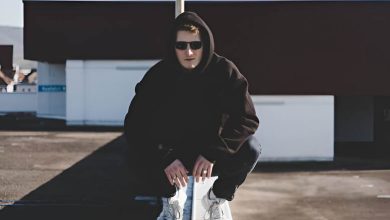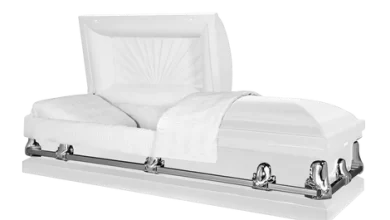Laser Resurfacing for Wrinkles: How It Works and What to Expect

As we age, our skin begins to lose elasticity and collagen, which can result in wrinkles, fine lines, and other signs of aging. While there are numerous treatments available to reduce the appearance of wrinkles, laser resurfacing has become increasingly popular due to its effectiveness and minimal downtime. In this blog post, we’ll explore how laser resurfacing for wrinkles works, the different types of laser resurfacing treatments available, and what to expect before, during, and after the procedure.
How Laser Resurfacing Works for Wrinkles?
Laser resurfacing for wrinkles involves using a high-powered laser to remove the outer layers of skin, stimulating the growth of new, healthy skin cells. The laser also helps to promote collagen production, which can improve skin texture and tone, reduce the appearance of wrinkles and fine lines, and tighten loose skin. There are two main types of laser resurfacing treatments available:
- Ablative
- Non-ablative.
Ablative Laser Resurfacing: This type of laser resurfacing involves removing the outer layer of skin using a high-powered laser, which promotes the growth of new skin cells. Ablative laser resurfacing is often used for more severe wrinkles and fine lines and can require several weeks of recovery time.
Non-Ablative Laser Resurfacing: Non-ablative laser resurfacing uses a lower-powered laser to promote collagen production without removing the outer layers of skin. This type of laser resurfacing is less invasive and requires little to no downtime, making it an ideal treatment option for mild to moderate wrinkles and fine lines.
What to Expect Before Laser Resurfacing Treatment
Before undergoing laser resurfacing treatment, your healthcare professional will perform a thorough evaluation of your skin to determine the best treatment approach for your needs. They may also recommend that you stop using certain medications or skincare products in the days leading up to the procedure to minimize the risk of complications.
What to Expect During Laser Resurfacing Treatment
During laser resurfacing treatment, you may be given a local anesthetic to numb the treatment area. Ablative laser resurfacing may require sedation or general anesthesia, depending on the extent of the treatment.
The laser is then directed at the treatment area, and a series of controlled pulses are delivered to remove the outer layers of skin and promote collagen production. The length of the procedure will depend on the size and location of the treatment area, but it typically takes around 30 to 60 minutes to complete.
What to Expect After Laser Resurfacing Treatment
After laser resurfacing treatment, it’s normal to experience redness, swelling, and discomfort in the treated area. Your healthcare professional may recommend that you use ice packs or take pain medication to manage these symptoms.
Depending on the type of laser resurfacing treatment you received, you may experience some downtime. Ablative laser resurfacing can require several weeks of recovery time, during which you may need to avoid sun exposure and follow a specific skincare regimen to promote healing. Non-ablative laser resurfacing typically requires little to no downtime, and you can resume your normal activities immediately after the procedure. It’s important to follow your healthcare professional’s post-procedure instructions carefully to minimize the risk of complications and achieve the best possible results.
In addition to laser resurfacing, there are several other treatments available to reduce the appearance of wrinkles, including injectables, chemical peels, and microdermabrasion. Your healthcare professional can help you determine which treatment option is right for you based on your individual goals and skin type.
It’s also important to maintain a healthy skincare routine to help prevent further damage to your skin and maintain the results of your laser resurfacing treatment. This may include using a daily sunscreen to protect your skin from sun damage, avoiding smoking and excessive alcohol consumption, and using high-quality skincare products that contain antioxidants, vitamins, and other beneficial ingredients.
Conclusion
Laser resurfacing for wrinkles is an effective and safe cosmetic procedure that can help reduce the appearance of wrinkles and fine lines, improve skin texture and tone, and promote collagen production for long-lasting results. By understanding how the treatment works, the different types of laser resurfacing available, and what to expect before, during, and after the procedure, you can make an informed decision about whether this treatment is right for you. As always, it’s important to consult with a qualified healthcare professional before undergoing any cosmetic procedure.




